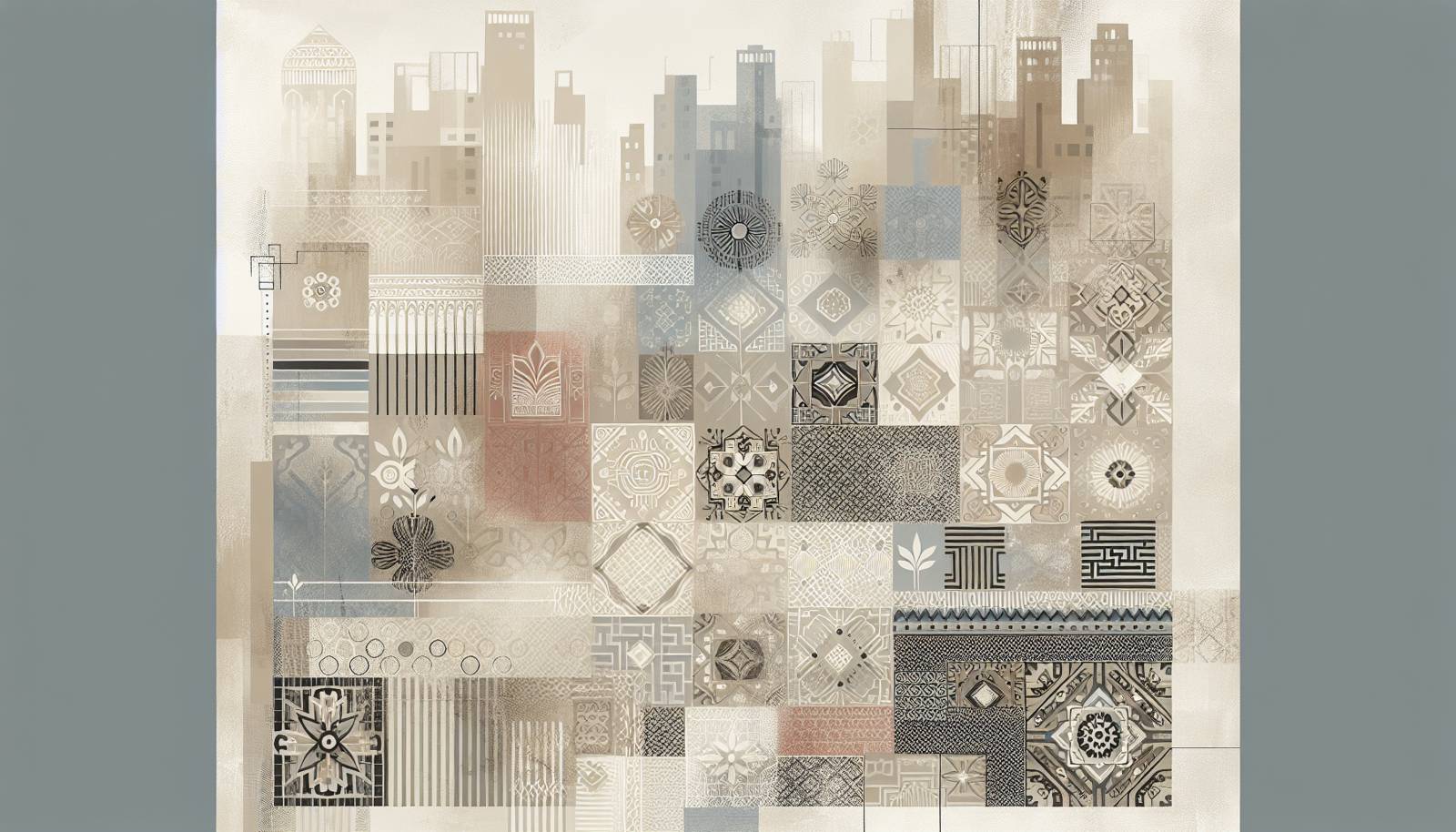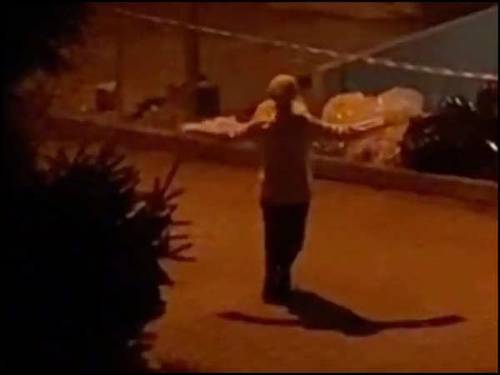
FAQ About Role of Urban Folklore in Modern Storytelling

What is urban folklore?
Urban folklore refers to contemporary legends, anecdotes, and myths that arise and circulate primarily in urban environments. These stories often reflect the anxieties, humor, and cultural dynamics of urban life, and they can encompass anything from ghost stories to tales of hidden urban explorers.

How does urban folklore influence modern storytelling?
Urban folklore shapes modern storytelling by providing a rich source of themes and motifs that reflect contemporary societal issues. Storytellers draw on urban legends to create narratives that resonate with audiences, often incorporating elements of mystery, suspense, and cultural critique. This influence is evident in literature, film, and digital media that explore urban myths and legends.

What are some common themes found in urban folklore?
Common themes in urban folklore include fear of urban dangers, such as crime or natural disasters, the mystery of the unknown, social justice issues, and the exploration of identity and change within city settings. These themes reflect both the challenges and the creativity inherent in urban life.

Can you give examples of urban folklore in literature?
Examples of urban folklore in literature include "American Gods" by Neil Gaiman, which blends myth with contemporary Americana, and "Neverwhere" also by Gaiman, which explores an alternate, magical London. These stories incorporate urban myths and legends as central elements of their plot and world-building.

How is urban folklore represented in film and television?
Urban folklore is often depicted in film and television through genres like horror and thriller, which exploit common urban myths and legends. Movies like "Candyman" and "The Blair Witch Project" draw heavily on folklore elements to craft their narratives. TV shows such as "Supernatural" and "The X-Files" often feature episodes based on urban legends.

What role does urban folklore play in cultural perception?
Urban folklore plays a significant role in shaping cultural perceptions by highlighting shared fears, values, and societal changes. It reflects cultural attitudes and can influence how people perceive urban environments and those who live in them. Through folklore, communities can express and address their collective concerns, often leading to a deeper understanding of cultural identities.

How does urban folklore differ from traditional folklore?
While traditional folklore typically originates from rural or community-based societies and often passes through oral traditions, urban folklore evolves within bustling cities and may proliferate through digital media. Urban folklore tends to address modern urban issues and anxieties, whereas traditional folklore often focuses on historical events or agrarian life themes.

What impact does urban folklore have on global storytelling?
Urban folklore impacts global storytelling by providing universal themes and narratives that resonate across cultures. It allows storytellers to explore urban-centric issues such as globalization, multicultural interactions, and technological influences. Consequently, urban folklore offers diverse perspectives and adaptations in narratives worldwide.

Are there specific storytelling techniques used when incorporating urban folklore?
Storytelling techniques that incorporate urban folklore often include blurring the line between reality and myth, using narrative devices like unreliable narrators, and incorporating diverse media formats. These techniques help to engage audiences by making the folklore appear both plausible and engaging within the story's urban setting.

What are some popular urban legends used in modern stories?
Popular urban legends frequently used in modern storytelling include the "hook man," who is the basis for many slasher films, the "killer in the backseat," which appears in thriller narratives, and stories about alligators living in city sewers. These legends are adapted to fit the themes and tones of contemporary media.

How can urban folklore be used to address social issues?
Urban folklore can address social issues by reflecting societal anxieties and highlighting community concerns or injustices. Storytellers use these narratives to discuss topics such as inequality, cultural identity, and urbanization, encouraging audiences to reflect on these issues and their implications within urban culture.

Why is urban folklore important in media education?
Urban folklore is important in media education because it provides insight into cultural narratives and societal dynamics, offering students a framework for analyzing media content critically. It helps students understand how stories reflect and affect cultural perceptions and can be a powerful tool for teaching storytelling and narrative analysis.

What are the challenges in incorporating urban folklore into storytelling?
Challenges include ensuring authenticity and sensitivity to the cultures from which folklore originates and avoiding stereotypes. Additionally, storytellers must balance the mythical elements with believable realism to maintain audience engagement. Proper research and cultural awareness can help overcome these challenges.

How has digital media influenced the spread of urban folklore?
Digital media has greatly influenced the spread of urban folklore by providing platforms for rapid sharing and adaptation of stories. Social media, blogs, and forums allow urban legends to reach global audiences, often resulting in contemporary reinterpretations and reimagining of traditional tales.

What is the psychological appeal of urban folklore in stories?
Urban folklore appeals psychologically by connecting with common human fears and curiosities. These stories often invoke the thrill of the mysterious and the fear of the unknown, allowing audiences to explore their subconscious anxieties in a controlled environment. This blend of fear and fascination makes urban folklore compelling.

How can urban folklore enhance character development in storytelling?
Urban folklore can enhance character development by providing backstories rooted in culturally relevant myths and legends, which add depth and complexity to characters. It allows characters to embody societal fears and themes, making them relatable and memorable, which can amplify the emotional impact of the story.

What role do cultural memes and online trends play in urban folklore?
Cultural memes and online trends have become an integral part of urban folklore, acting as modern folklore vehicles that spread quickly across the internet. They reflect societal values and humor, often based on urban legends or myths, and can influence storytelling by providing contemporary context and relatability.

Is there a connection between urban folklore and supernatural fiction?
There is a strong connection between urban folklore and supernatural fiction, as many urban legends involve paranormal elements, such as ghosts or mythical creatures. This connection provides a natural fitting into supernatural narratives where eerie or unexplained events are a central theme, creating rich storytelling possibilities.

How do urban explorers contribute to urban folklore?
Urban explorers contribute to urban folklore by uncovering and sharing stories about abandoned or off-limits sites in cities, adding mystery and intrigue to urban settings. Their experiences often become modern legends or tales passed through online platforms, adding to the richness and dynamism of urban folklore.

What is the future of urban folklore in storytelling?
The future of urban folklore in storytelling appears promising as cities continue to evolve and technology advances. New urban legends are likely to emerge, reflecting contemporary challenges and societal shifts. Storytellers will continue to draw on urban folklore to craft culturally relevant, innovative narratives that resonate with global audiences.
